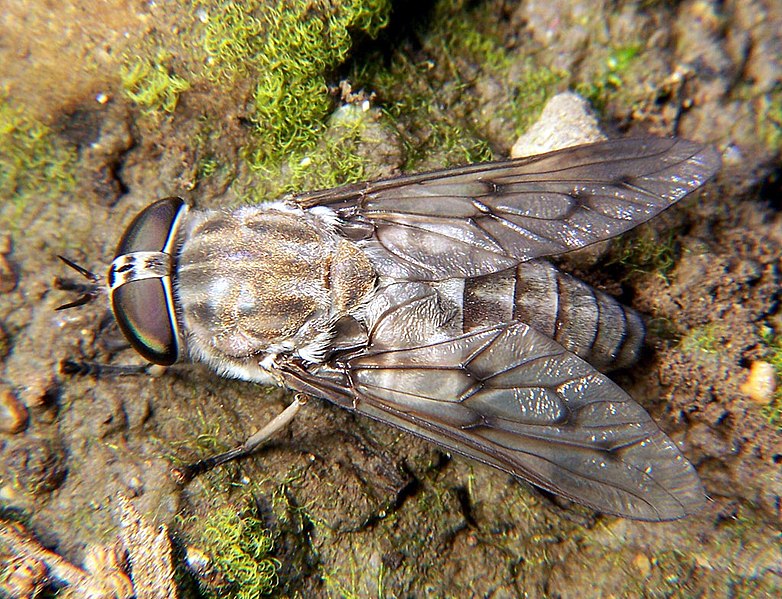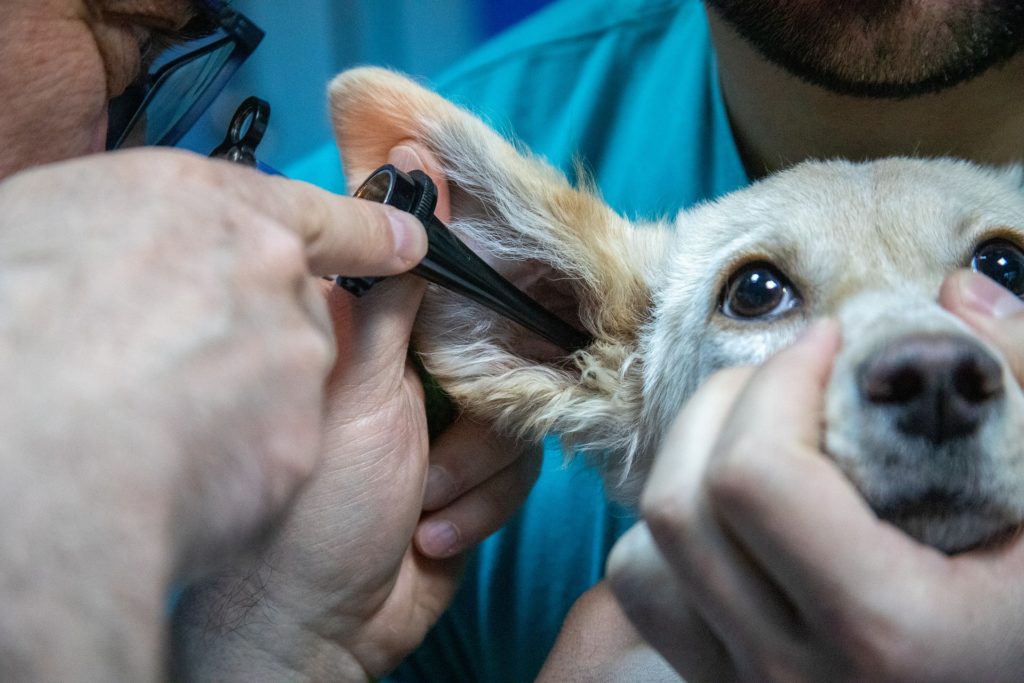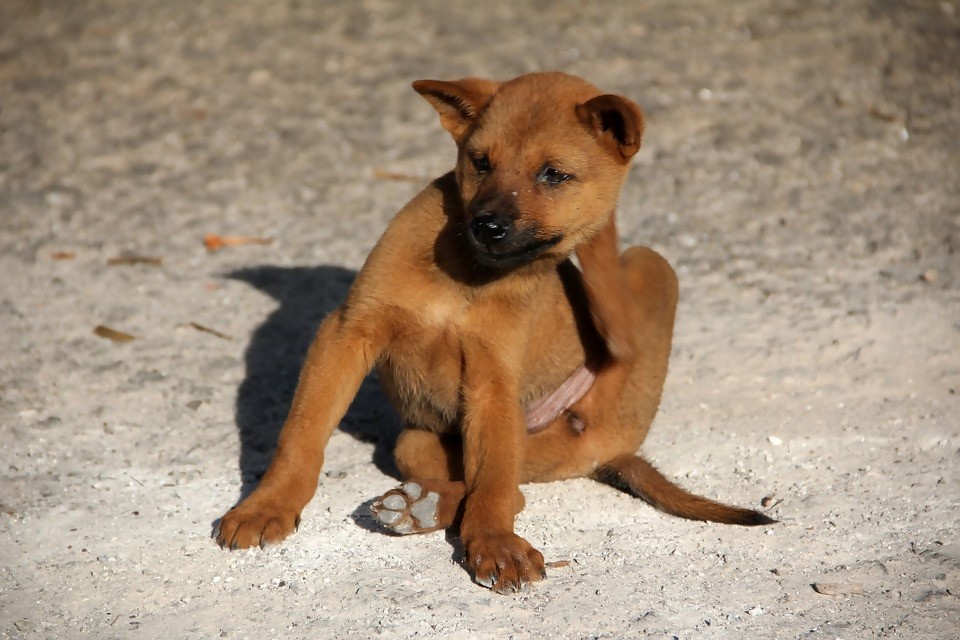Your dog is your best friend. The last thing you want for them is to get bitten by flies. Yes, dogs do get attacked and bitten by flies, no matter how bizarre that sounds. Fly bites are just part of the long list of concerns you have to deal with when you have a dog. So, here is everything you need to know about fly bites in dogs.
Why your dog has fly bites
- You have a lot of flies at home. Your dog has fly bites because, well, you have flies at home. If you don’t have flies at home, you minimize the risk of fly attacks. Get rid of fly attractors, especially accessible food. Take note that this food can be found not just in dining areas and kitchens. They can also be found in garbage cans. In fact, garbage cans are some of the most common breeding grounds for maggots.
- Your dog has fly attractors. Flies are not picky eaters. Food for them doesn’t necessarily mean food for you. For example, flies are attracted to pet excrement. If you don’t clean up your dog’s poop laying around in your yard, it can attract flies that may end up attacking and biting your dog. Your dog can also have poop stains on its fur. Flies are also attracted to open wounds. This is why you often see maggot-infested wounds in graphic movies. Unfortunately, maggot-infested wounds can also be seen in the real world. Take care of your dog’s wounds and patch them up before they attract flies.
- Some fly species bite and cause infections. Some fly species just attack animals, including buffalo flies, horse flies, and stable flies. If you live in an area near animal stables or farms, your dog is even more vulnerable to these kinds of flies. Flies are also generally unsanitary. They can live in the dirtiest of places — garbage cans, sewers, you name it. It’s not surprising that they carry a lot of microorganisms that can lead to diseases and infect open wounds.

What you can do
- Look for the symptoms of fly bites in dogs. Before you do anything, confirm first that you are dealing with fly bites. You don’t want to misdiagnose and put your dog at risk of getting the wrong treatment. Fly bites are small red bumps, and you will usually find them around ears, stomachs, and wounds. You may also see live flies and maggots on these parts. Fly bites can bleed, crust, and itch, and you may notice the discomfort on your dog.
- Use home remedies as the first line of defense. Once you are sure that your dog has fly bites, your main objective is to take them to the veterinarian for proper treatment. But this doesn’t mean you can’t do anything else. You can use home remedies as the first line of defense. Clean the affected area with mild soap and water. Be very careful in doing so because your dog may find this painful, especially when the affected areas are sensitive, like the ears. This simple home remedy may be enough for mild cases. But severe cases, especially those that involve active fly infestations on open wounds, require professional help.
- Consult a veterinarian. Wounds, active infestations, and the possibility of infections are some things you should leave to medical professionals. Your amateur approaches may cause more harm than good. After doing your best to clean the affected areas, go to a veterinarian as soon as you can. They may recommend commercial products or prescribe strong medications for your dog’s specific case. In some bad cases, your dog may even undergo medical procedures that will require anesthesia, since fly bites can be very painful.

How to avoid fly bites in dogs
- Get rid of the flies on your property. The best way to prevent fly bites in dogs is to not have flies in your home in the first place. Don’t underestimate flies as household pests. House flies, for instance, are some of the most widely distributed insects in the United States. They are a lot closer than you think, and they put you at risk of diseases like cholera, e. coli infection, and salmonellosis. The most effective way to get rid of these pests is to call pest control professionals.
- Keep your surroundings clean. There are a lot of fly attractors around your property. Outside your home, you have compost piles, drains leading to sewers, garbage cans with unclosed lids, pet food and excrement, and random debris like leaves and rocks. Some fly species, fruit flies in particular, are also attracted to fruits and vegetables, and that’s something you should consider if you have a garden. Inside your home, you have food items that you don’t put in cabinets, containers, or refrigerators, food crumbs below your dining table, and water droplets on your kitchen countertops. It doesn’t help that you have open doors and windows that basically invite pests inside.
- Keep your dog clean and healthy. Keep your dog and its surroundings clean to avoid attracting flies. Make sure they don’t have poop stains on their fur or unattended food in their designated areas. Also, make sure they are generally healthy, so they are strong and able to combat potential threats like wounds and infections. Observe your dog regularly as well. If you see flies around them or near them, be proactive. They are likely to be victims of fly bites.
Flies can attack your dog
Fleas and ticks are probably the first creatures that come into your mind when it comes to dog threats. But don’t forget about flies. These pests can be very dangerous around dogs, not to mention that the resulting wounds and infections can look very disgusting.
Luckily, fly bites in dogs are treatable and preventable. Consult a veterinarian. And keep your dog and surroundings clean to avoid attracting flies that may attack your precious loved one.

